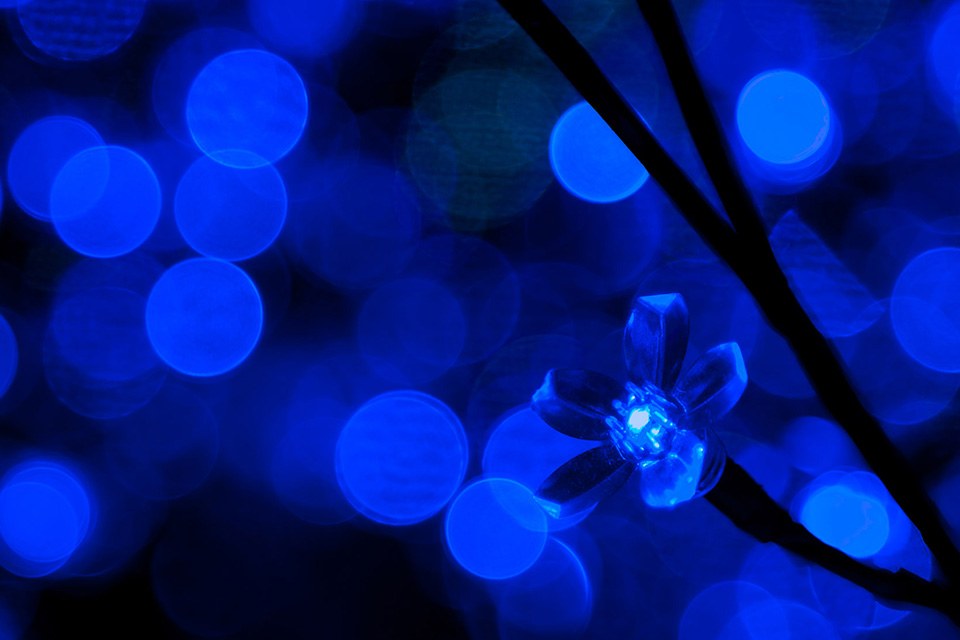National Lighting Bureau: AMA Lighting Recommendations are Based on Wrong Metric
The American Medical Association’s (AMA’s) warnings about too much “blue light” at night are seriously flawed: The AMA developed them using a measuring tool that does not measure the specific kind of “blue light” the AMA is concerned about. Nonetheless, according to speakers at the National Lighting Bureau’s Annual Lighting Forum, some jurisdictions and public-transportation departments nationwide believe, mistakenly, that they will reduce human-health risks by adopting the AMA’s recommendations. Making matters worse, when applied to street and roadway lighting, the AMA recommendations could erode public safety by diminishing driver and pedestrian visibility, while also reducing energy efficiency or increasing energy costs.
EdisonReport Editor and Publisher Randy Reid moderated the “Outdoor Lighting and the AMA” panel. Two well-known lighting experts spoke: Mark S. Lien, LC, CLEP, CLMC, HBDP, LEED BD&C, industry-relations manager of the Illuminating Engineering Society (IES); and Terry K. McGowan, FIES, LC, who represents the International Dark-sky Association (IDA) on the National Lighting Bureau’s board of directors.
Mr. McGowan pointed out that the amount of blue light emitted by LED-lighting systems is a health concern, because blue light affects peoples’ circadian rhythms. In turn, circadian rhythms affect human sleep/wake cycles and, over time, peoples’ health. As Mr. Lien observed, however, not all blue light is the same, a critically important fact that the AMA overlooked in its report, “Human and Environmental Effects of Light-Emitting Diode (LED) Community Lighting.” Mr. Lien noted that the report fails to even define “blue light.”
“Melanopic content” is the specific component of a light source’s output that can suppress melatonin production, thereby affecting circadian rhythms and human health. The AMA did not consider melanopic content, however. Instead, it used a light source’s correlated color temperature (CCT) to indicate how much blue light an LED light source emits. But CCT (also known as “chromaticity”) does not indicate a light’s melanopic content. Rather, it is a metric that describes the visual color of light in terms of “color temperature,” a factor that is measured in degrees Kelvin (K) and commonly spoken of using terms such as “warm white” or “bright white.” As such, while various LED light sources can all be rated 3000 K – the AMA-recommended chromaticity for outdoor lighting – different 3000 K light sources can produce very different amounts of melanopic light, according to research conducted by the U.S. Department of Energy.
Mr. McGowan noted that the “dose” of blue light involved is another important variable the AMA failed to address. He explained, “The light dose has to do with the overall amount of light energy that reaches the eye. It depends upon the intensity of the light, its spectral composition, the duration, and even when that dose is given – such as morning or evening. You can’t simplify that and say, ‘Just because a light source is blue or includes blue wavelengths, it’s harmful.’ You have to know how much and when those blue wavelengths reach the eye to know how much they are going to affect that person.” For example, in the morning, our bodies are designed to expect high levels of certain blue-light wavelengths. They are beneficial and help us reset our circadian clock. Fortunately, new meters and calculation tools can now give us that quantitative information just like we have had for traditional lighting design.
The panel moderator, EdisonReport Editor and Publisher Randy Reid, reported that publication of the AMA report has caused some cities to stop their outdoor relighting programs midstream, while others have moved to the 3000K color temperature recommended by the AMA. The 3000 K recommendation “is where we have the greatest issue,” Mr. Lien said. He continued, “We have data that show that 4100 K provides roadway lighting that results in up to 20 percent greater visual acuity than 3000 K.” In other words, because it used the wrong metric, the AMA is recommending the use of lighting whose human-health benefit is unsubstantiated, and whose chromaticity could potentially compromise public safety.
In announcing the free availability of the new Annual Lighting Forum video, National Lighting Bureau Executive Director John Bachner commented, “Given the media attention that the AMA report received, we can assume that many public- and private-sector outdoor-lighting-system designers and owners are following the AMA recommendation as a means to reduce their negligence-liability exposures, without realizing they may actually be increasing them.”
Watch the entire “Outdoor Lighting and the AMA” panel-discussion video at http://nlb.org/index.cfm?cdid=11243&pid=10226
About National Lighting Bureau:
The National Lighting Bureau is an independent, IRS-recognized not-for-profit, educational foundation that has served as a trusted lighting-information source since 1976. The Bureau’s services are provided to the public free of charge, thanks to the generous funding of the organization’s sponsors: professional societies, trade associations, labor unions, manufacturers, and agencies of the U.S. government.
Obtain more information about the Bureau by visiting its website (www.nlb.org) or by contacting its staff at info@nlb.org.

